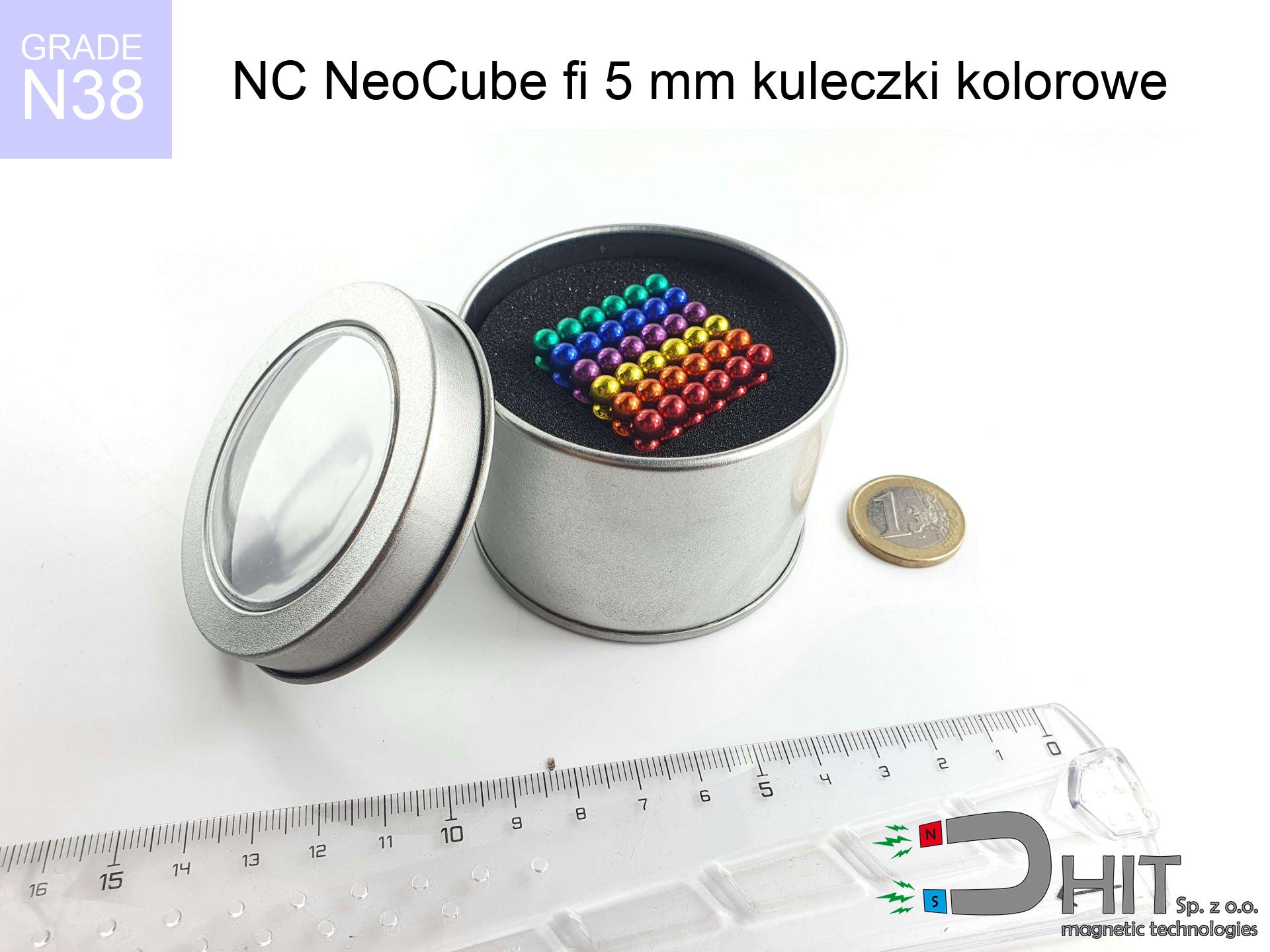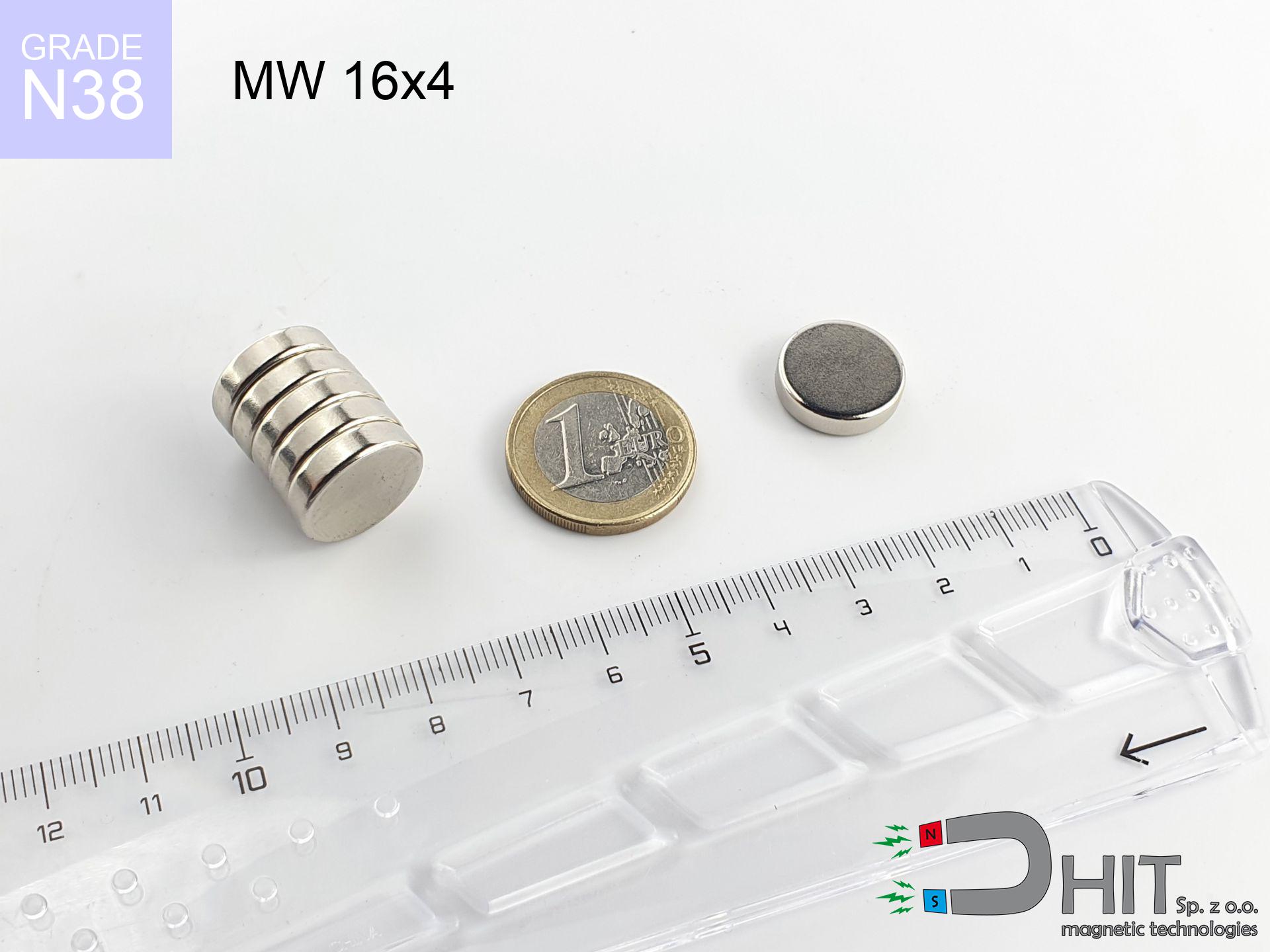UMGZ 60x30x15 [M10] GZ / N38
magnetic holder external thread
catalog number 190416
GTIN: 5906301813873
diameter Ø
60
mm [±0,1 mm]
height with thread
30
mm [±0,1 mm]
height
15
mm [±0,1 mm]
capacity ~
140.00 kg / 1372.93 N
max. temperature
≤ 80
°C
catalog number 190416
GTIN: 5906301813873
diameter Ø
60 mm [±0,1 mm]
height with thread
30 mm [±0,1 mm]
height
15 mm [±0,1 mm]
capacity ~
140.00 kg / 1372.93 N
max. temperature
≤ 80 °C
102.95 ZŁ gross price (including VAT) / pcs +
83.70 ZŁ net price + 23% VAT / pcs
bulk discounts:
need more quantity?Want a better price?
Call us tel: +48 888 99 98 98 or write through contact form on the contact page. You can check the strength and the appearance of neodymium magnet in our magnetic mass calculator force calculator
Orders placed by 2:00 PM will be shipped on the same business day.
Specification: magnetic holder external thread 60x30x15 [M10] GZ / N38
Magnetic properties of the material N38
Physical properties of sintered neodymium magnets Nd2Fe14B
List recommended items
Advantages as well as disadvantages of neodymium magnets NdFeB.
In addition to immense strength, neodymium magnets have the following advantages:
- They do not lose their power (of the magnet). After about 10 years, their strength decreases by only ~1% (theoretically),
- They are extremely resistant to demagnetization by external magnetic field,
- In other words, thanks to the shiny coating of nickel, gold, or silver, the element acquires an aesthetic appearance,
- They have very high magnetic induction on the surface of the magnet,
- Thanks to their high temperature resistance, they can operate (depending on the form) even at temperatures up to 230°C and above...
- The ability for precise shaping and customization to specific needs – neodymium magnets can be produced in a wide range of shapes and sizes, which enhances their versatility in applications.
- Wide application in modern technologies – find application in hard drives, electric drive mechanisms, medical devices and other highly developed apparatuses.
Disadvantages of neodymium magnets:
- They are fragile when subjected to a powerful impact. If the magnets are exposed to impacts, we recommend using magnets in a protective case. The steel housing in the form of a holder protects the magnet from impacts and at the same time increases its overall strength,
- They lose strength at high temperatures. Most neodymium magnets experience permanent loss of strength when heated above 80°C (depending on the form and height). However, we also offer special magnets with high temperature resistance, up to 230°C,
- Due to their susceptibility to corrosion in a humid environment, we recommend using waterproof magnets made of rubber, plastic, or other moisture-resistant materials when using them outdoors,
- Limited ability to create threads or complex shapes in the magnet - the use of a housing is recommended - magnetic holder
- Health risk arising from small pieces of magnets pose a threat, if swallowed, which becomes significant in the aspect of protecting young children. Additionally, miniscule components of these devices have the potential to be problematic in medical diagnosis in case of swallowing.
Safety Precautions
The magnet is coated with nickel. Therefore, exercise caution if you have an allergy.
Studies show a small percentage of people have allergies to certain metals, including nickel. An allergic reaction often manifests as skin redness and rash. If you have a nickel allergy, you can try wearing gloves or simply avoid direct contact with nickel-plated neodymium magnets.
Magnets made of neodymium are known for being fragile, which can cause them to shatter.
Neodymium magnets are characterized by significant fragility. Neodymium magnetic are made of metal and coated with a shiny nickel, but they are not as durable as steel. In the event of a collision between two magnets, there may be a scattering of fragments in different directions. Protecting your eyes is crucial in such a situation.
It is important to maintain neodymium magnets away from children.
Neodymium magnets are not toys. You cannot allow them to become toys for children. In such a situation, surgery is necessary to remove them. In the worst case scenario, it can result in death.
Dust and powder from neodymium magnets are flammable.
Avoid drilling or mechanical processing of neodymium magnets. If the magnet is crushed into fine powder or dust, it becomes highly flammable.
Under no circumstances should neodymium magnets be placed near a computer HDD, TV, and wallet.
Strong magnetic fields emitted by neodymium magnets can damage magnetic storage media such as floppy disks, credit cards, magnetic ID cards, cassette tapes, video tapes, or other devices. In addition, they can damage televisions, VCRs, computer monitors, and CRT displays. Avoid placing neodymium magnets in close proximity to electronic devices.
Keep neodymium magnets away from people with pacemakers.
Neodymium magnets generate very strong magnetic fields that can interfere with the operation of a pacemaker. This is because many of these devices are equipped with a function that deactivates the device in a magnetic field.
Neodymium magnets are the strongest, most remarkable magnets on the planet, and the surprising force between them can shock you at first.
Please review the information on how to handle neodymium magnets and avoid significant harm to your body, as well as prevent unintentional disruption to the magnets.
It is crucial not to allow the magnets to pinch together uncontrollably or place your fingers in their path as they attract to each other.
Neodymium magnets bounce and also touch each other mutually within a radius of several to around 10 cm from each other.
Neodymium magnets can demagnetize at high temperatures.
Although magnets have demonstrated their effectiveness up to 80°C or 175°F, the temperature can vary depending on the type, shape, and intended use of the specific magnet.
Keep neodymium magnets as far away as possible from GPS and smartphones.
Neodymium magnets are a source of strong magnetic fields that cause interference with magnetometers and compasses used in navigation, as well as internal compasses of smartphones and GPS devices.
In order to illustrate why neodymium magnets are so dangerous, see the article - How very dangerous are powerful neodymium magnets?.

![UMGZ 60x30x15 [M10] GZ / N38 UMGZ 60x30x15 [M10] GZ / N38](https://cdn3.dhit.pl/graphics/products/umgw-60x30x15-m10-gz-bas.jpg)
![UMGZ 60x30x15 [M10] GZ / N38 UMGZ 60x30x15 [M10] GZ / N38](https://cdn3.dhit.pl/graphics/products/umgw-60x30x15-m10-gz-ner.jpg)

![search holder 75x25 [M10x3] GW F200 GOLD DUAL Lina / N42 search holder 75x25 [M10x3] GW F200 GOLD DUAL Lina / N42](https://cdn3.dhit.pl/graphics/products/ump-75x25-m10x3-gw-f200-gold-x2-lina-car.jpg)



